Question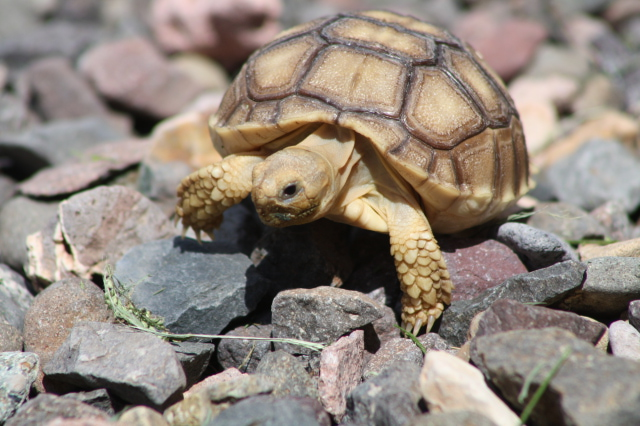 Energy Turtle
Energy Turtle
QUESTION: My 2 month old Sulcata hatchling has been making squeaks/chirps lately. It's usually after he eats and soaks. I was just wondering the possible reasons why or if he could be sick. He's quite active, especially when he's outside grazing and he has regular bowels and urination. Also his temp during the day is 92-95 and at night about 77-80. Are those okay? I'm introducing him to MegaDiet tortoise food but he regularly eats grasses and weeds from the backyard, strawberry leaves, some bits of apple and a couple green leaves of collards. Please let me know what you think. Thanks so much!
-Caitlin
ANSWER: Hi Caitlin,
Dehydration is a common and significant issue with hatchling tortoises, including sulcata. They should not be kept completely dry, as the basking light is very drying. It's important to provide an area of moisture in the enclosure, usually by dampening the substrate in the basking area. Being kept too dry can cause them to have symptoms that mimic respiratory illness, including runny nose, wheezing, and so forth. The sounds you describe could be due to dryness or could be a true respiratory problem, or could be simply due to eating wet food/soaking. Other symptoms of respiratory infection include lethargy, lack of appetite, and yawning/gaping while stretching the neck out.
Could you describe the setup you have--type/size of enclosure, type of basking/UVB bulbs, substrate, etc? The temperatures you have are good, although you could drop the night temperature down to about 70 degrees (I assume the temperatures were taken on the substrate, with the basking temperature taken directly under the lamp--not air temps).
Sulcata are primarily grass eaters, with some weeds. Fresh grass and chopped hay are both good, along with weeds, so that part of his diet is great. You can supplement with greens such as turnip, dandelion, collards, kale, spring mix (not too much lettuce), etc. Prickly pear, mulberry leaves, grape leaves, hibiscus flowers, nasturtium, rose petals, are all good, but make sure nothing is sprayed with chemicals. However, avoid fruit (occasionally prickly pear fruits are OK), veggies, and pellets. I know they're touted as being complete and the perfect diet, but if you read the ingredients list you see things like molasses, wheat, and soybean meal, none of which are part of the natural diet. If you feed a varied diet of grasses, hay, and weeds/greens, there's no reason your tortoise can't get the nutrition he needs. Provide a cuttlebone for him to nibble for extra calcium as needed. If he's not eating hay yet, you can get a soft hay (orchard grass hay is great; Oxbow has it in small bags), chop it up into small pieces, and mix with wet greens. As he grows, you'll want him eating hay/grass as the bulk of his diet. If he has a large enough pen outdoors (ideally very large), you can section off areas and plant grass/weeds for him, rotating him through so the other areas have a chance to grow. This way he'll be able to graze throughout the warmer months. It can be a challenge to keep a large sulcata fed!
I hope I answered your questions, but if I can help further, please post back!
---------- FOLLOW-UP ----------
QUESTION: His indoor enclosure is wooden and about 3 feet by 3 feet and has cypress mulch substrate that I spray with water several times a day. The humidity was steady around 30-40 but has dropped to 15-20. Maybe I need to spray more water? I've read so many mixed reviews on humidity. Any thoughts? He has a 26 watt uvb light and a 75 watt basking heat light. He usually sleeps right under the lights during the day. He has a hide but doesn't seem to like it. He'll explore in it but he never stays in there. Outdoors he has the entire backyard as his playground for about 30 minutes since I have a large dog (I keep her inside during tortoise time though). Right now I haven't noticed any mouth gaping, bubbles from the nose, or lack of energy or appetite. Just the noise. I'll definitely look into the foods you listed. I want this little one to grow huge and healthy. Oh and he does have a cuttle bone.
ANSWER: That enclosure size is fine for now, but as you know he'll need more room before you know it! When he's bigger you can build him an outdoor enclosure (protected from your dog--make sure it's very secure!), since you have a good climate for him to live outdoors all year round, although you'll probably still have to have a heated area for him when it's cooler.
I would change the substrate to a 50/50 coir/playsand mix. It holds moisture better, is easier to burrow in, and provides better footing than the cypress mulch. Make sure it's dampened all the way through, at least in the warm area if not the entire enclosure--because you live in such a dry climate, my preference would be to keep it all slightly damp. Air humidity is less important than substrate moisture, because tortoises live on the ground. You may have been told that sulcata should be kept very dry because they're an arid climate species, but in fact in the wild they spend much of their time in very long burrows where the humidity is much higher than on the surface (roughly 70% humidity). If you think about it, nearly all desert animals hide during the heat of the day and come out when it's cooler; survival in arid climates is all about moisture conservation. Keeping sulcata too dry can be very unhealthy and lead to significant problems over time. Since extensive burrowing is more difficult in captivity, the way to replicate the burrow humidity is by keeping the substrate moistened.
Can you tell me what brand of UVB bulb you're using? As of now, the only two UVB bulbs I can recommend are the ZooMed Powersun (heat/UVB in one), or the Reptisun 10.0 (tube bulb; UVB only). The Powersun needs to be changed yearly, and the Reptisun 10.0 every six months. There just aren't any other UVB bulbs that supply decent amounts of UVB.
I would assume the noises are due to lack of moisture in the substrate and/or just from eating/soaking, and unless you start to see symptoms that are more concerning (the lethargy, lack of appetite, and especially frequent yawning/gaping).
---------- FOLLOW-UP ----------
QUESTION: I use the Reptisun 10.0 and I'll look into getting his substrate mixed. Right now he burrows a little under his lights and in another corner in his substrate but not fully submerged so it'll be fun to see what he does. Maybe I don't have enough substrate in there for him to burrow completely...Also how fast should he grow in his first year? I know it can be different for each animal but on average what do you think?
AnswerThe Reptisun is fine. You might want to consider a Powersun when it's time to change out the Reptisun, just because it's more convenient to have just one bulb; also keep in mind that when his enclosure needs enlarging, you'll need a higher wattage for heat.
It's a good idea to have the substrate deep enough so the tortoise can bury himself completely, which in his case is probably about 3". Even if he can't dig a real burrow, it allows for more natural behavior, and that's always a good thing.
In the first year you can expect him to reach somewhere between 4-5" and 1-2 lbs. Slow growth is better, so if he doesn't get that big don't worry as long as he's active and eating. The more exercise, sunlight, and natural graze he gets, the better, and it will help him to grow at a healthy pace. It's hard to say how long it will take him to reach full size. I've seen a couple of 16-18 year old sulcata males that were in the 150-200 lb. range (with smooth shells, too!), but that's something of an exception.
Here's a growth chart that I'd say is pretty accurate, but again, don't worry too much as long as you're seeing good activity and appetite. http://www.africantortoises.co.uk/s_met.html


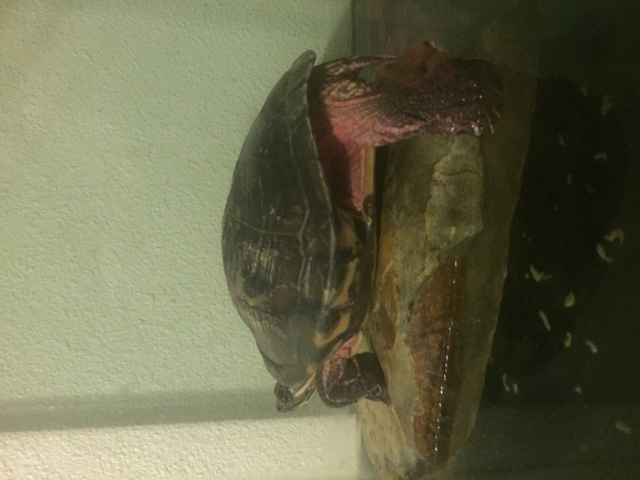 Skin infection
Question
Dudley
I think my 20 year old red ear
Skin infection
Question
Dudley
I think my 20 year old red ear
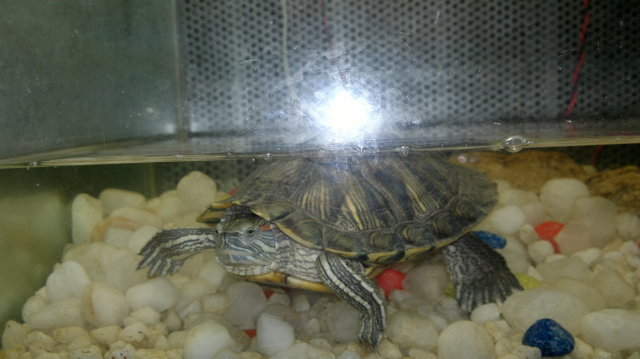 my tortise has stop eating
QuestionQUESTION: I am having 1 tortoise since 1 year b
my tortise has stop eating
QuestionQUESTION: I am having 1 tortoise since 1 year b
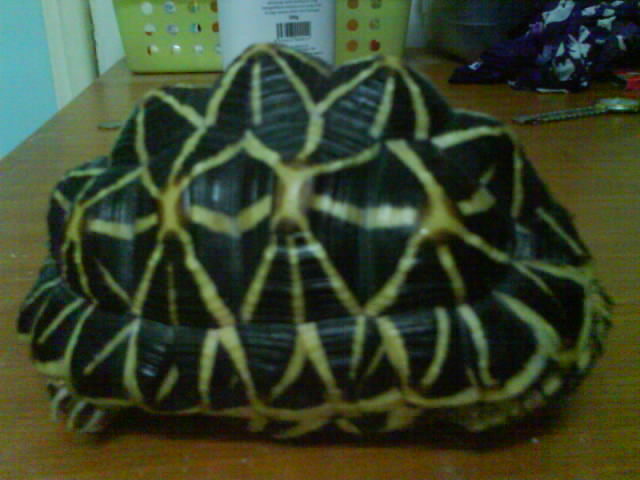 Shell
Question
Star Tortoise
Hi, my friend told me that my st
Shell
Question
Star Tortoise
Hi, my friend told me that my st
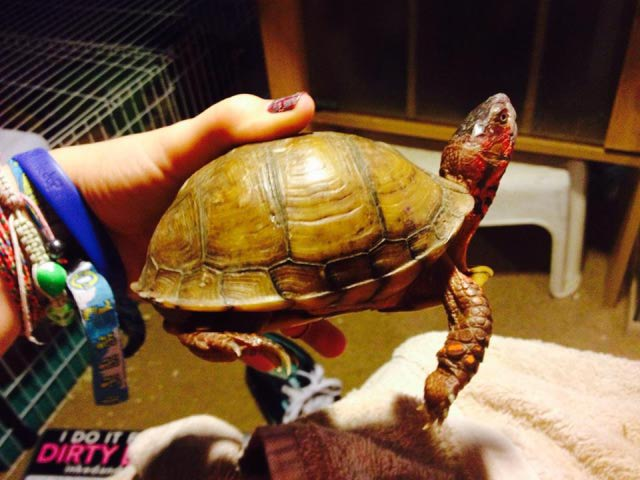 Box turtle!!
QuestionBox turtle
Box turtle
QUESTION: H
Box turtle!!
QuestionBox turtle
Box turtle
QUESTION: H
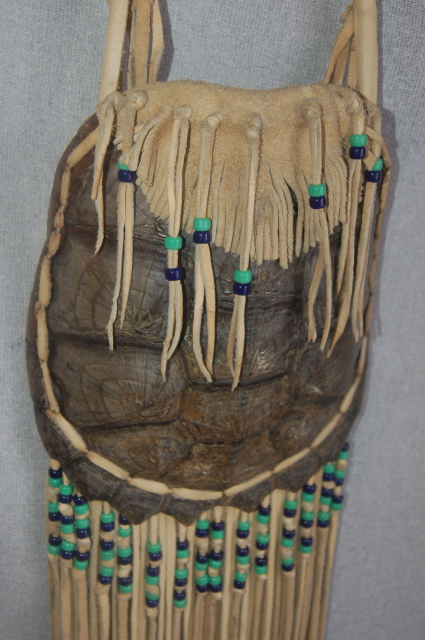 recognize turtle by the shell
Question
shell bag Shell bag
Hello, I have
recognize turtle by the shell
Question
shell bag Shell bag
Hello, I have